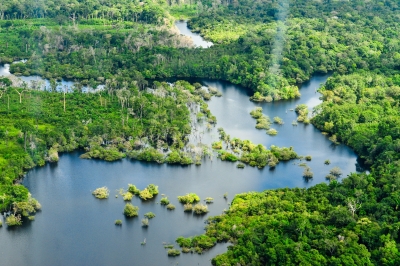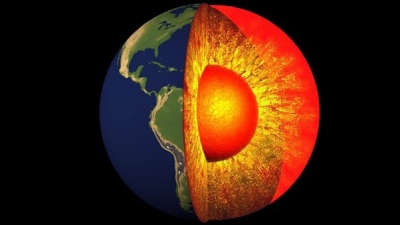
Discussions on the perils faced by this iconic South American rainforest focus invariably on Brazil. However, the lingering political crisis in Peru, where the second-largest part of the Amazon lies, has also been simultaneously affecting the inhabitants of the region.
The political crisis
Peru has descended into one of the worst political crises in its history, and the protection of its Amazon rainforest is failing, according to a report published recently. Peru is home to the second-largest portion of the Amazon rainforest after Brazil. The country had pledged to stop deforestation by 2021.
The South American country has been immersed in political turbulence since 2016. Corruption scandals and disputes between the executive and legislative branches of government have led to intense turnover-four Presidents in five years. Peru’s current President, leftist outsider Pedro Castillo has already survived two impeachment attempts since he took office in July 2021.
The Monitoring of the Andean Amazon Project (MAAP), an initiative of the nonprofit Amazon
Conservation Association, reports that deforestation in the Peruvian Amazon has hit six historical highs in the last 10 years. The analysis is based on data from the University of Maryland, the U.S., which has kept records since 2002.
The worst year ever was 2020 when Peru lost around 4,20,000 acres of Amazon rainforest. Last year, that number declined, but still ranked as the sixth highest on record. Peruvian official data, which only goes through 2020, agrees.
Corrupt actors who benefit from environmental crime, together with the political crisis have resulted in a lack of govemment ability to fight environmental crime, the report said “What’s more, the Peruvian government continues to prioritize economic development over the protection of the Amazon rainforest.” The Igarape Institute commissioned the report from InSight Crime, a non-profit organisation focussed on investigating crime in Latin America
As in Brazil’s Amazon, cattle ranching and agriculture are the main drivers of deforestation. Agribusiness companies and poor migrants from other parts of Peru seize land illegally. Other illegal activities that harm the forest are gold mining, logging, and coca plantations.
The report titled The Roots of Environmental Crime in the Peruvian Amazon, identifies three actors behind deforestation: big businesses, such as palm oil companies: entrepreneurial criminal networks, which profit from the trade in timber, land or drugs, and cheap labour poorly paid workers who cut down trees and plant coca crops.
The Brazil problem
The largest portion of the Amazon lies in Brazil – within its borders the country holds roughly 60 % of the total forest area. It is also the country in which the forest has faced its worst decline. Deforestation has been happening here for more than five decades, and reports show that it has reached alarming heights under the current President Jair Bolsonaro’s administration, thanks to his encouragement of agriculture and mining and weakening of environmental protections in the region. In fact, in 2021, the deforestation in the Amazon was the highest since 2006. Apart from agriculture and cattle ranching, infrastructure development, forest fires, mining, and illegal logging are causes for widespread deforestation. Here’s something to put the level of destruction into perspective – “every minute an area of Amazon rainforest roughly equivalent to 5 football pitches is cut down”, according to WWF. The commercial exploitation has left us with a scenario that appears grim – scientists warn that the region “is approaching a critical tipping point at which the damage is irreversible”.
Why is the Amazon important?
There’s a reason the Amazon is often referred to as “the lungs of the Earth” – it produces at least 5% of the world’s total oxygen, and has played a crucial role in climate regulation. Not just that. For years, it has functioned as a ‘carbon sink, meaning it absorbs more carbon than it emits. However, that’s no longer the case. Scientists have discovered that the region now emits more carbon than it takes in. And the resultant impact on the environment is beginning to show – hotter temperatures, more forest fires, changing weather patterns altering habitats, etc. All of these affect not just the three million wildlife species dependent on the region for survival but also the hundreds of indigenous tribes that call the place home. Several of them have been displaced already, and many have their lands occupied illegally. When the forest disappears, it takes along with it its inhabitants and their culture, leaving in its wake a world that’s altered forever.
Picture Credit : Google





